February 2 marks World Wetlands Day, which is the date of the adoption of the Convention on Wetlands in 1971 in the Iranian city of Ramsar. The Ramsar Convention is an intergovernmental agreement dedicated to the conservation and rational use of wetland ecosystems.
The theme for 2023 is "Revive and restore degraded wetlands," emphasizing how crucial it is to restore degraded wetlands because properly restored wetlands can provide many of the same benefits as an original natural wetland.

Photo: Nanfang Daily
China became a party to the Ramsar Convention in 1992. In recent years, Guangdong Province in South China has insisted on protecting and restoring wetland systems, creating a number of wetland parks with local characteristics to provide the public with a richer green ecological space. Up to now, most of the wetlands in Guangdong have been incorporated into protected areas, and six wetlands of international importance have been established.
These six wetlands have been included in the List of Wetlands of International Importance (the Ramsar List), two of which were newly listed this year. Let's explore them now!
Guangzhou Haizhu National Wetland Park (new in 2023)
Area: 1,100 ha
Coordinates: 22°30'N 113°20'E
Guangzhou Haizhu National Wetland Park is located in the southern section of the new central axis of Guangzhou, known as the “Guangzhou Green Heart”. It is composed of three types of wetland: urban inner lake wetland, river wetland and gully x semi-natural fruit forest composite wetland.
Located in the city centre amidst a network of rivers, Haizhu wetland abounds with water plants, making it a perfect rest area and habitat for migratory birds. There are 583 species of animals here, including 177 species of birds and 285 species of insects.

Photo: Xinhua
Shenzhen' s Futian mangrove wetland (new in 2023)
Area: 367.64 ha
Coordinates: 22°30'N 114°02'E
Futian Mangrove Wetland is located in the northeast of Shenzhen Bay, from Xinzhou River Estuary in the east to Shenzhen Bay Park in the west, with a coastline about 6 kilometres long.
It has also become an important stopover site in the East Asian-Australasian Flyway for nearly 100,000 migratory birds every winter. Over the past six years, 52 to 73 species of waterfowl have stopped and spent the winter here, and the number has reached more than 20,000.
This wetland has a special mangrove wetland ecosystem, and a total of 346 species of plants have been recorded in the wetland. Among them, there are 11 species of true mangrove plants and eight species of semi-mangrove plants.
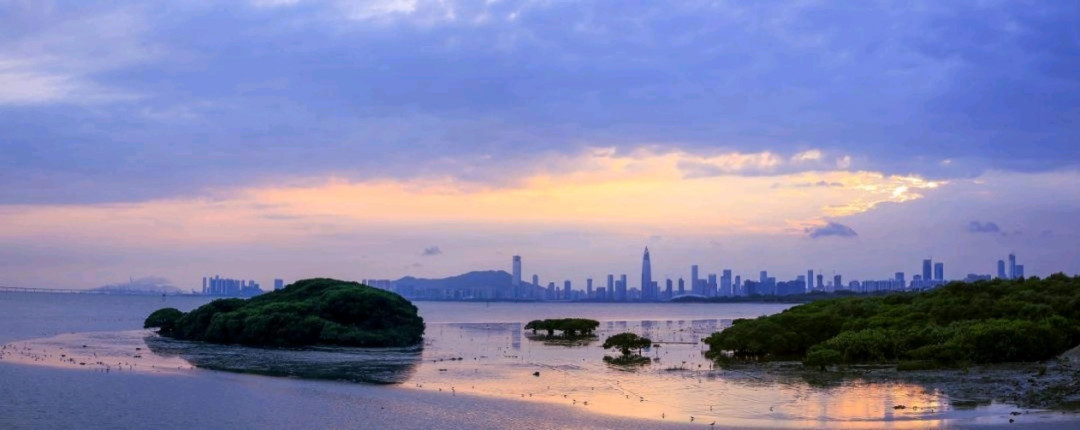
Photo: Shenzhen' s Futian mangrove wetland
Huidong Harbor Sea Turtle National Nature Reserve
Area: 400 ha
Coordinates: 22°33'N 114°54'E
It is at the juncture of Daya Bay and Honghai Bay in the South China Sea, presently the only sea turtle-protected area in China.
The area is a breeding ground for green sea turtles, and five species of sea turtle live year-round in the nearby waters: the green sea turtle, loggerhead sea turtle, Olive ridley sea turtle, hawksbill turtle and leatherback turtle. They are all endangered species, as assessed by the International Union for Conservation of Nature (IUCN).
This wetland is a coastal wetland. The herbaceous vegetation on the beach includes thick vines, milk beans and ground millet, which allow the turtles to choose the location of their egg nests. Shrubs such as Vitex, Pandanus tectorius and Pittosporum provide a quiet and enclosed environment for turtles to lay their eggs.
There is also a thick seagrass layer here, which not only provides food for sea turtles, but also a good habitat for them and other marine life.
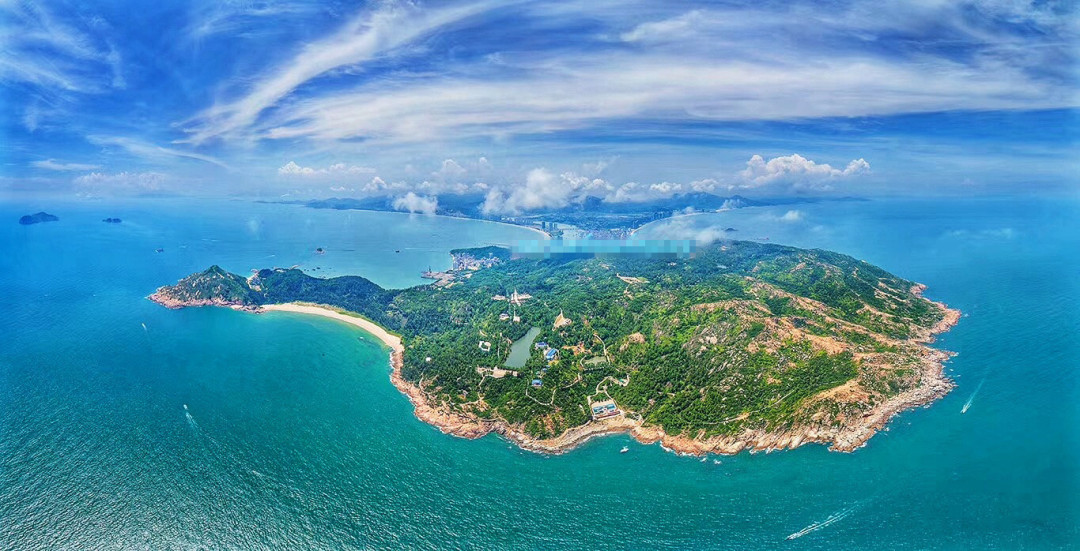
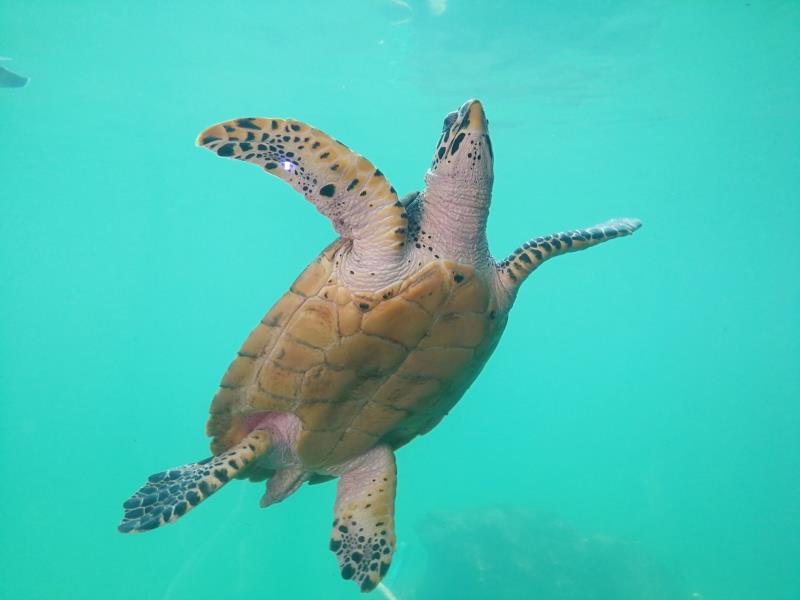
Photo: Nanfang Daily
Zhanjiang Mangrove National Nature Reserve
Area: 20,279 ha
Coordinates: 20°54'N 110°07'E
This is the largest mangrove forest wetland reserve in China, located along the coastal areas of the Leizhou Peninsula at the southernmost tip of China between the South China Sea and the Tonkin Gulf, adjacent to Hainan Island.
It is also a habitat and foraging place for birds, fish, shrimp, crabs, shellfish and other organisms. There are 37 species of mangroves here, which is the area with the most species of mangroves on the coast of China.
There are 317 species of birds in the mangroves, of which 12 species belong to the first-class international protected birds, and 54 species belong to the second-class national protected birds. There are also 110 species of shellfish, 127 species of fish and 133 species of insects.
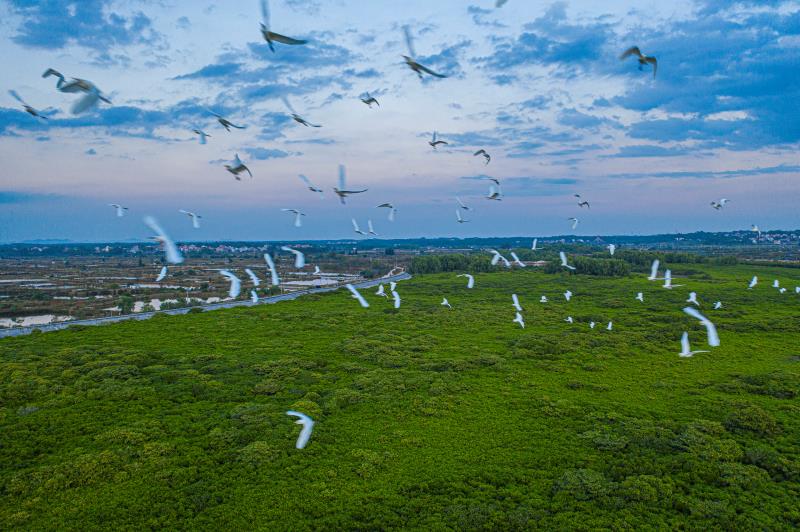
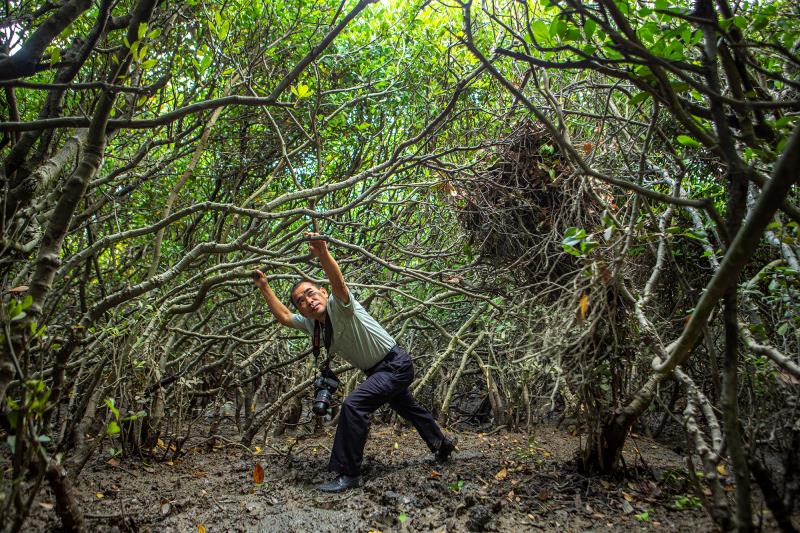
Photo: Nanfang Daily
Guangdong Haifeng Wetlands
Area: 11,590.5 ha
Coordinates: 22°55'N 115°24'E
The Guangdong Haifeng Wetlands are located along the coast of the South China Sea near Shanwei City. The site's constituent wetlands are typical of the sub-tropical marine coastal and reservoir wetlands of southern China.
The site is an important habitat for waterbirds in southern China and is considered the "hometown of Chinese waterfowl". It serves as a wintering ground for numerous species including the globally endangered black-faced spoonbill (Platalea minor), marbled murrelet (Brachyramphus marmoratus), eastern curlew (Numenius madagascariensis), and the vulnerable greater spotted eagle (Aquila clanga) and Dalmatian pelican (Pelecanus crispus).
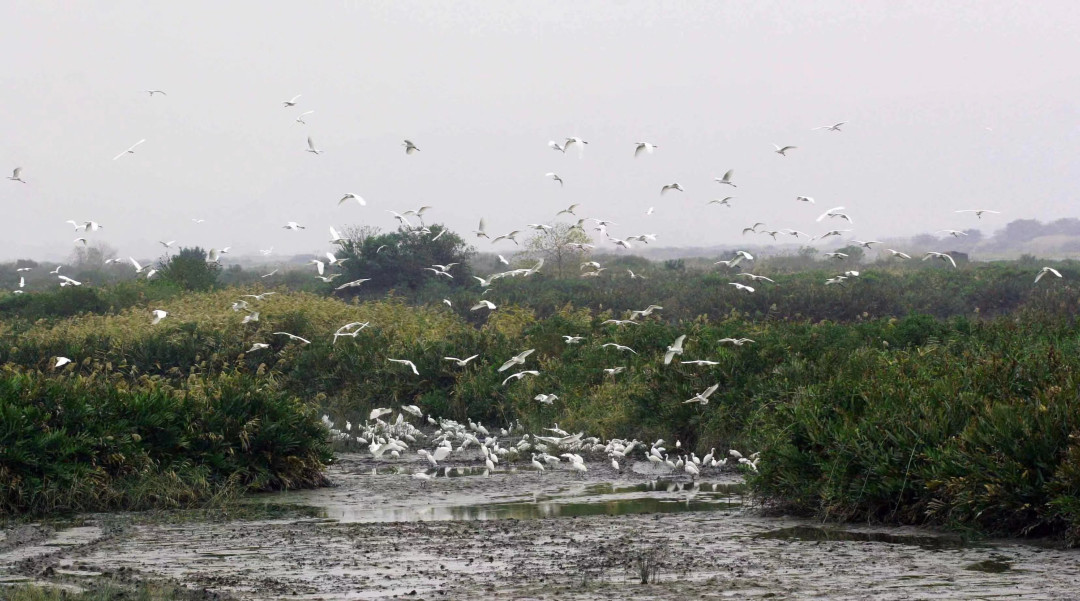
Photo: Nanfang Daily
Guangdong Nanpeng Archipelago Wetlands
Area: 35,679 ha
Coordinates: 23°16'N 117°15'E
Located in the northern section of the South China Sea, Guangdong Nanpeng Archipelago Wetlands cover a chain of four islands that support diverse habitats and ecosystems such as upwellings, rocky marine shores, coral reefs and algae layers.
The site hosts a wide range of rare and endangered marine species such as the basking shark (Cetorhinus maximus), the whale shark (Rhincodon typus) and great seahorse (Hippocampus kelloggi), and birds such as the Chinese egret (Egretta eulophotes), Christmas frigatebird (Fregata andrewsi) and short-tailed albatross (Phoebastria albatrus). The islands are an important spawning ground for five threatened turtle species, and play an important role in the conservation of biodiversity not only in the biogeographic region but also in East Asia as a whole.
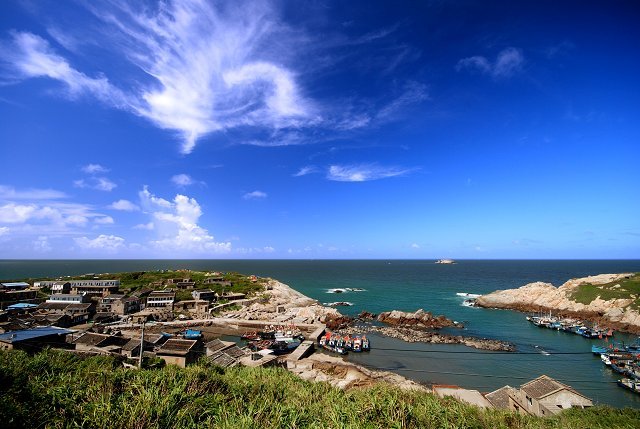
Photo: Guangdong Nanpeng Archipelago Wetlands
So far, more than 2,400 wetlands around the world have been designated as Wetlands of International Importance, also known as Ramsar Sites.
Wetlands are ecosystems where water is the primary factor controlling the environment and the associated plant and animal life. Though they cover only around 6 percent of the Earth's land surface, 40 percent of all plant and animal species live or breed in wetlands.
Author | Alice
Source | Ramsar
Editor | Wing, Nan, Monica, James
















